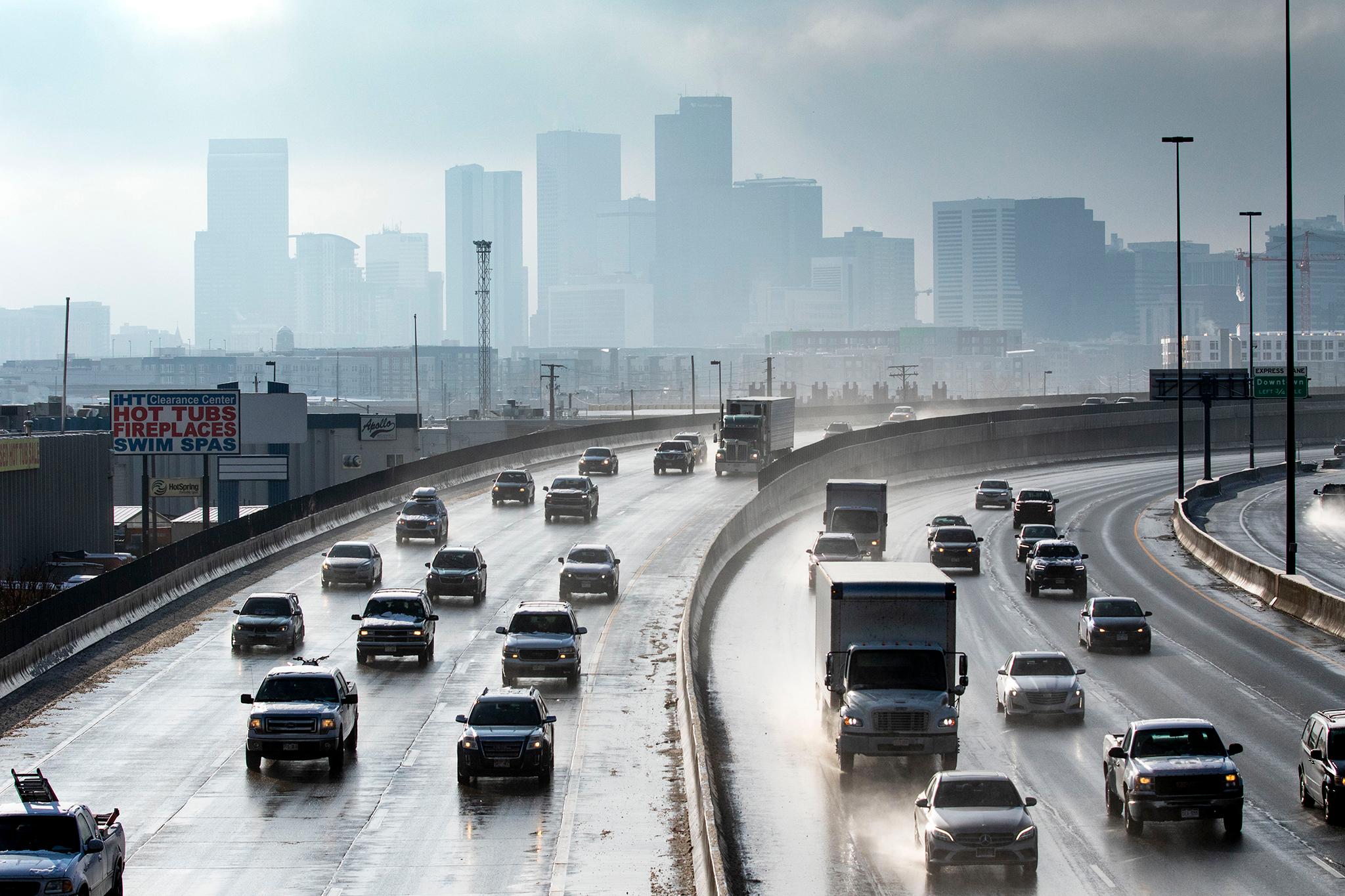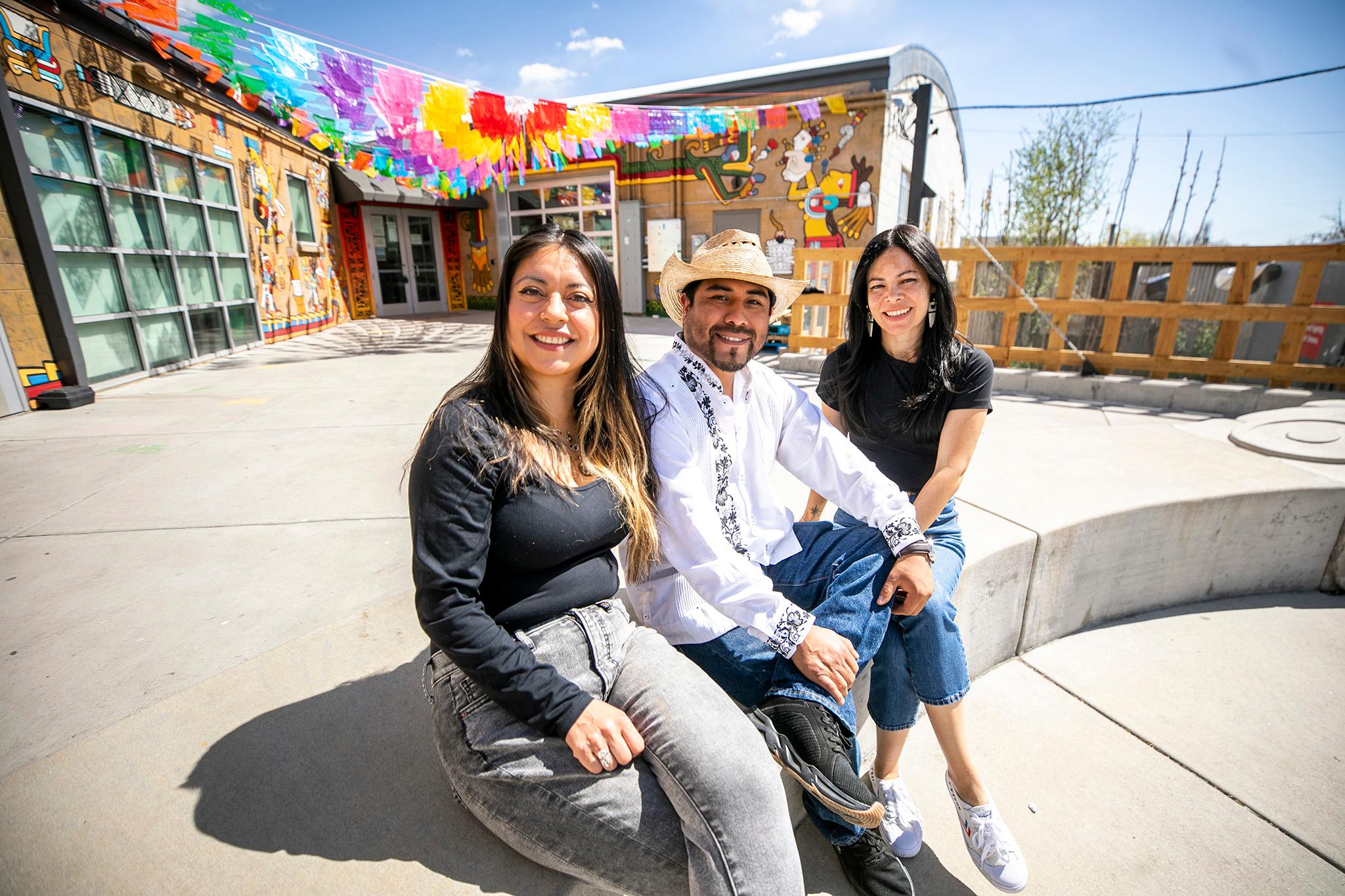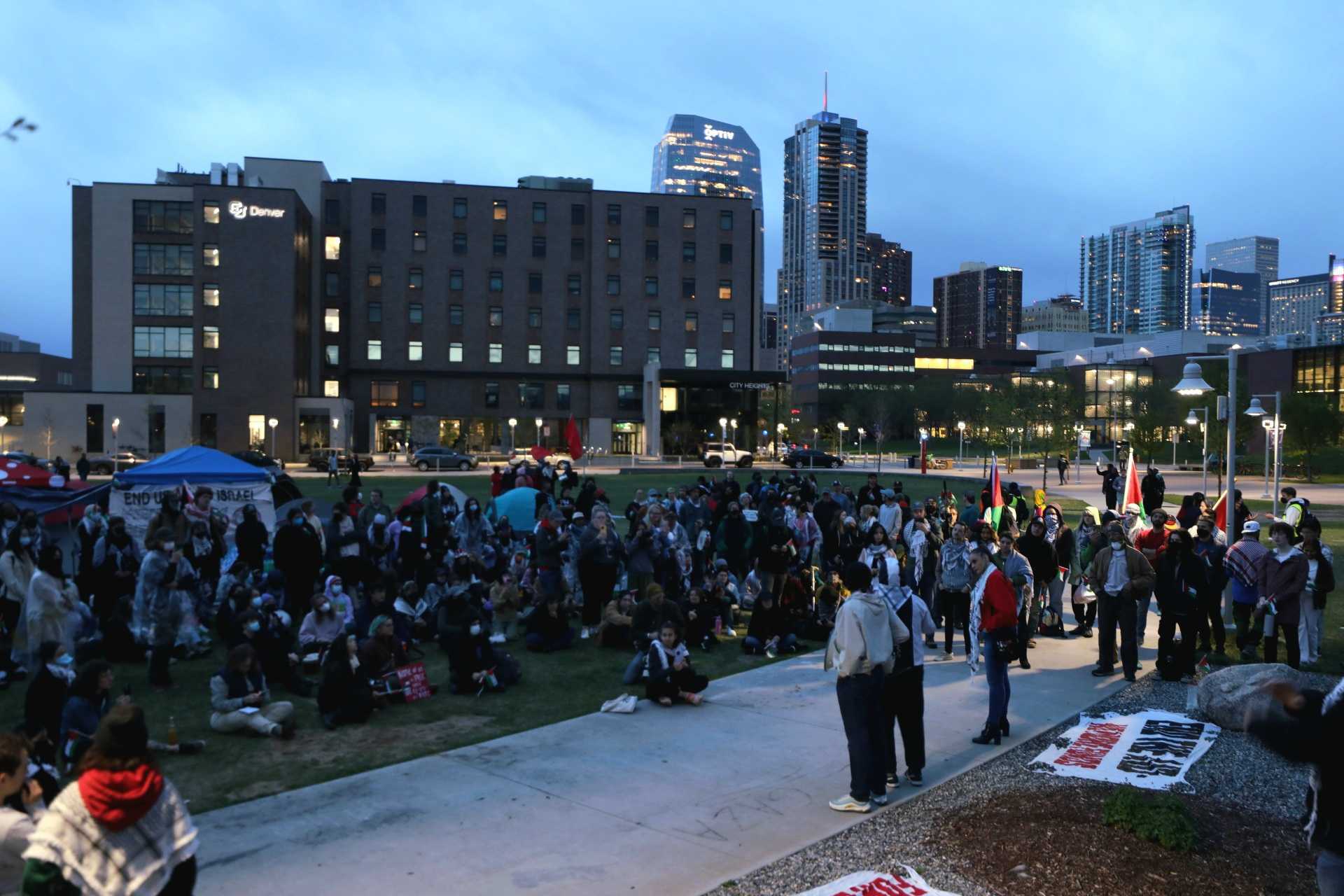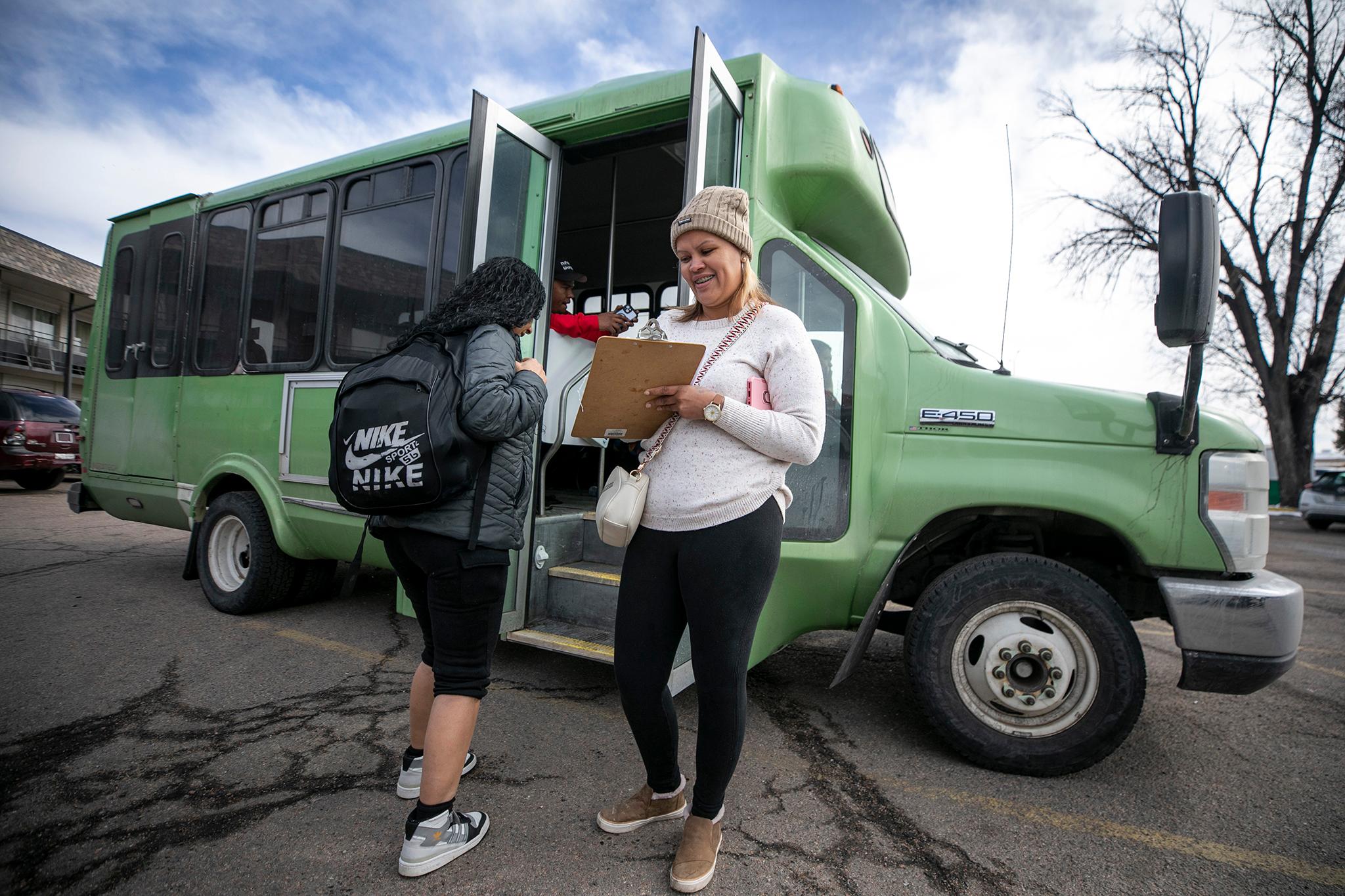As more people hit the road, emerging from a year under lockdown, a tragic trend is returning to Denver's streets: a rise in fatalities among pedestrians, cyclists and drivers.
Between January and May of 2019, 31 people died in traffic. That number fell to 20 during the same time period last year, as the pandemic came to Denver. But so far this year, there have been 25 deaths.
On May 7, two separate drivers hit and killed a cyclist at a crosswalk at the intersection of Morrison Road and West Kentucky Avenue. And in late May, hundreds of Denver bicyclists held a die-in at the City and County Building after three cyclists were killed in one week, including a 12-year-old boy in Littleton.
One of Denver's main tactics to stop these tragedies is called Vision Zero.
The initiative, which Mayor Michael Hancock launched in 2017, aims to eliminate all traffic-related deaths by 2030. The program works to create safer streets for pedestrians, bicyclists and cars by building out sidewalks, reducing driving speeds and collecting more comprehensive crash data, among other things.
While the program has documented a dip in serious traffic injuries -- with a high of 720 incidents in 2014 to a low of 495 in 2020 -- fatalities have remained at over 50 per year since 2017, with a high of 71 in 2019.
In 2019, Mayor Hancock lowered speed limits on five streets, including along 56th Avenue from Quebec Street to Tower Road as well as on Peoria Street and along Evans Avenue. According to data collected by Vision Zero, lowering these speed limits reduced serious crashes on those streets between 2018 and 2020 (however, there were less drivers on roads overall in 2020 because of the pandemic).
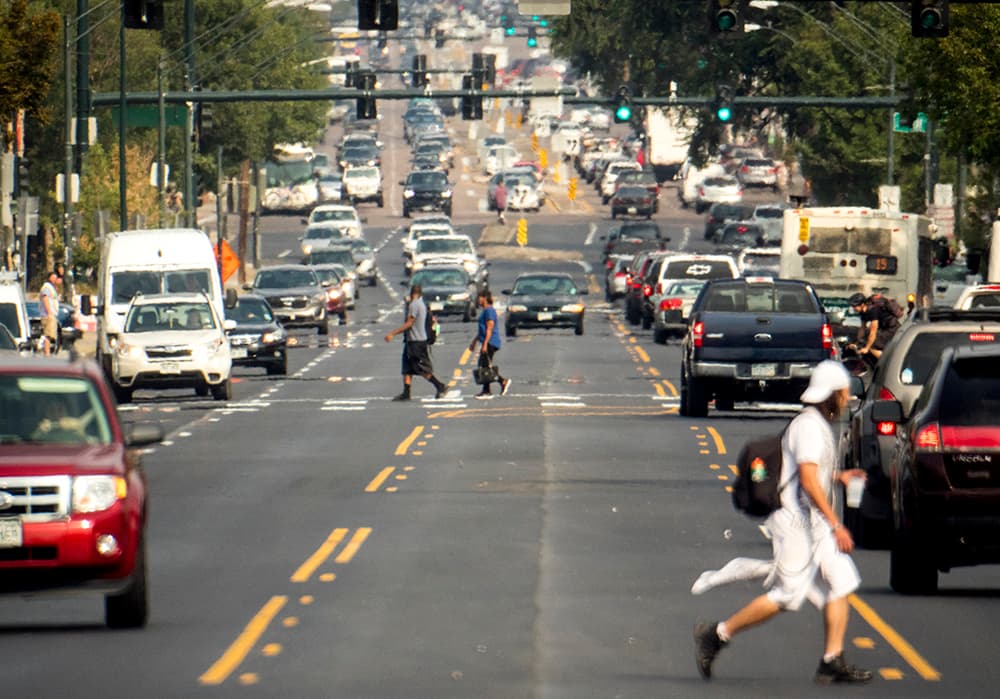
The Denver Streets Partnership, or DSP, a coalition of local groups advocating for pedestrian-friendly streets, has been issuing report cards on the city's Vision Zero campaign for the last three years.
DSP Executive Director Jill Locantore said she's skeptical Vision Zero will hit its overall goal because it's been neglecting the focus areas it set for itself. For example, the program has identified a few key areas on which to focus: the city's "high-injury network," or the 5 percent of streets where 50 percent of accidents occur, as well as "communities of concern." These communities suffer from lower-than-average incomes, education and overall healthiness and tend to fall into the city's infamous "inverted L."
"Part of what's bringing down their grades is the location of where they are making these improvements on the streets," Locantore said. "They're doing OK building out infrastructure, but they're not completely meeting their own goals."
In a statement to Denverite, Denver Public Works communications director Nancy Kuhn wrote that 40 percent of Vision Zero-related projects in 2020 were within communities of concern, and over 50 percent were within the high injury network.
Kuhn attributed this year's higher death rates to things like speeding and distracted driving.
"This is not just a Denver problem, but a regional and national one," she wrote.
According to the Colorado Department of Transportation, traffic fatalities were up by 12 percent statewide in May 2021, compared to the same time last year.
The last time in recent years Denver saw zero traffic fatalities in a month was April of 2020, at the height of the state's stay-at-home order.
"I feel like Denver had a missed opportunity with the pandemic," Locantore said. "I am fearful that we're going to go back to business as usual and that our traffic fatality rates are going to go back right to where they were before the pandemic."

